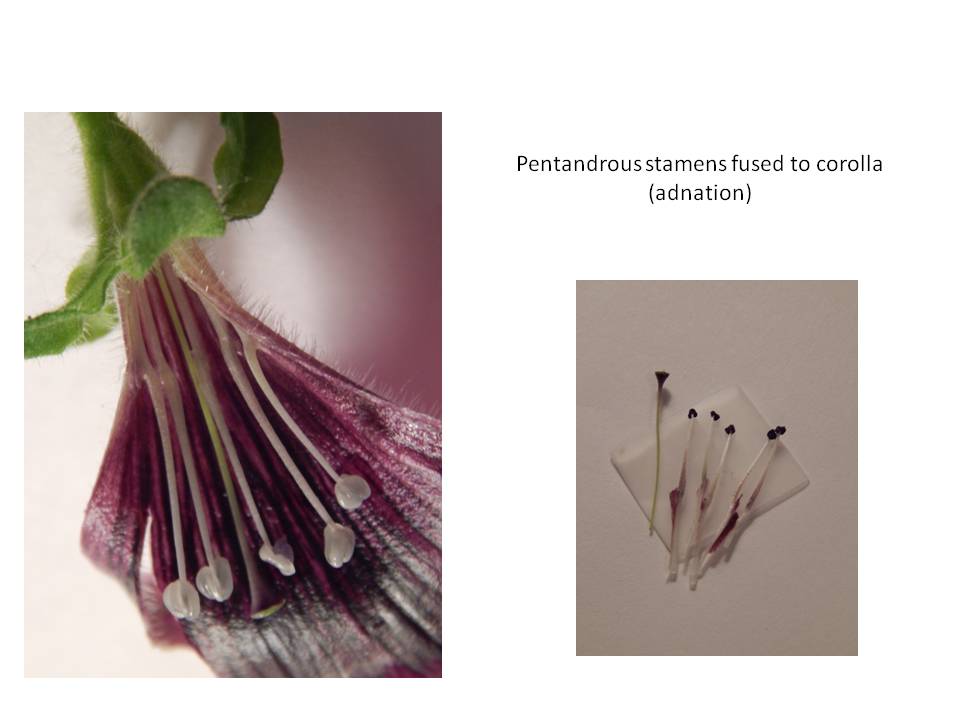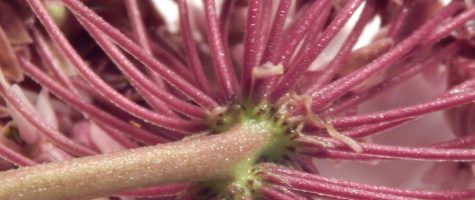It’s incredibly fascinating to look at such tiny details of plants! I thoroughly enjoyed this assignment and did much of it with my 11 year old granddaughter. I have a big family reunion this weekend and have to cook for 50 people so I pushed myself to get this done early. I’ll try to work on putting in arrows to show the specific pieces parts, if I have time before class officially ends. Thinglink didn’t work for me, so I put these together on powerpoint presentation. I made each slide into a JPEG and uploaded them, but it makes for a long post. My apologies for being so technology challenged.
Plant 1
Asclepias syriaca L. (Apocynaceae)
Common Milkweed – Seidenpflanze





Plant 2






Plant 3




Plant 4








What a fun activity for a child and adult, alike. Looking at your photos made me excited to start my dissections. I also love the idea of a flower having a “horn” and a “hood”. so cute!
The milkweed was quite a learning experience. I’ll never look at them the same again. Such a beautiful, complicated flower! Even the petunias had interesting characteristics that I didn’t realize was going on inside of the blossoms. It makes me admire them all the more.
The mustard took a bit of time to identify. I’d always heard it called “wild mustard” or “white mustard” and it’s neither. I had to call a friend to help figure out which mustard species grows in our area. With that call I also discovered a great book – “Weeds of The Great Plains.” It’s available through NE Dept of Agriculture and she says it has some ethnobotany info for some of the plants too. I’ll send you a link to the order form. I found it’s cheaper to order through them than to get it on Amazon.
Those images are exquisite! What an excellent job you did on the dissections! Well done. No need to label things further it is obvious you saw the structures on your pictures. Thank you for taking the time to get through these in time before your family gathering. Good luck with hosting everybody! It was been a pleasure having you in class, and I hope this class has added some to your wealth of botanical knowledge, best, Steffi.
Oops! I got the name of the first plant added, with a German translation I hope is correct 🙂
The thanks goes to you and the time you took to make the videos. They were an excellent learning tool and made learning on-line almost like we were there. I’m going to get a lot of good use from the Harris and Harris book so thanks for that recommendation. I might take you up on the offer to send in an herbarium specimen. Do you collect plants from all over North America? If I’m ever in Alaska again, I’m definitely making it a stop on my trip. Please feel free to come visit me if you’re ever in Nebraska! Cheers!!
Wow, gorgeous photos and impressive analysis. I hope that you reunion went as well as this.